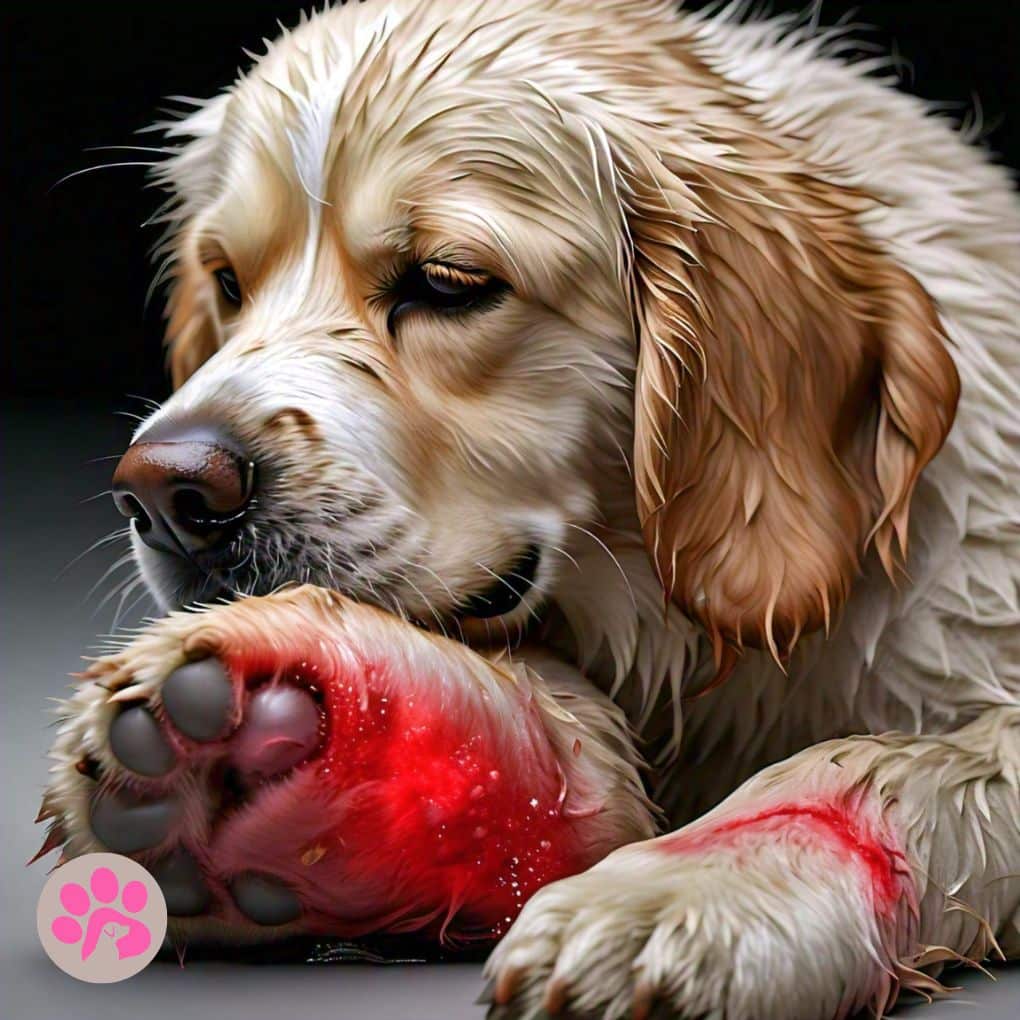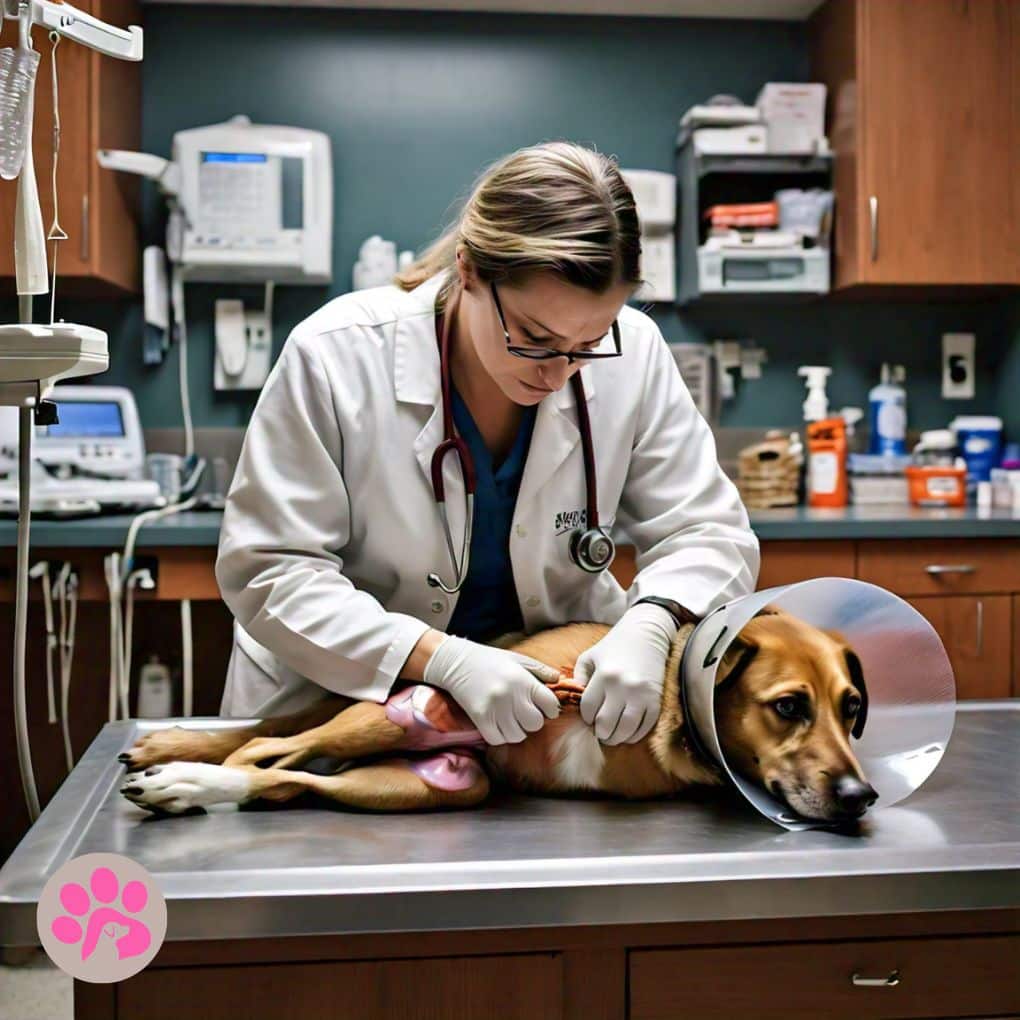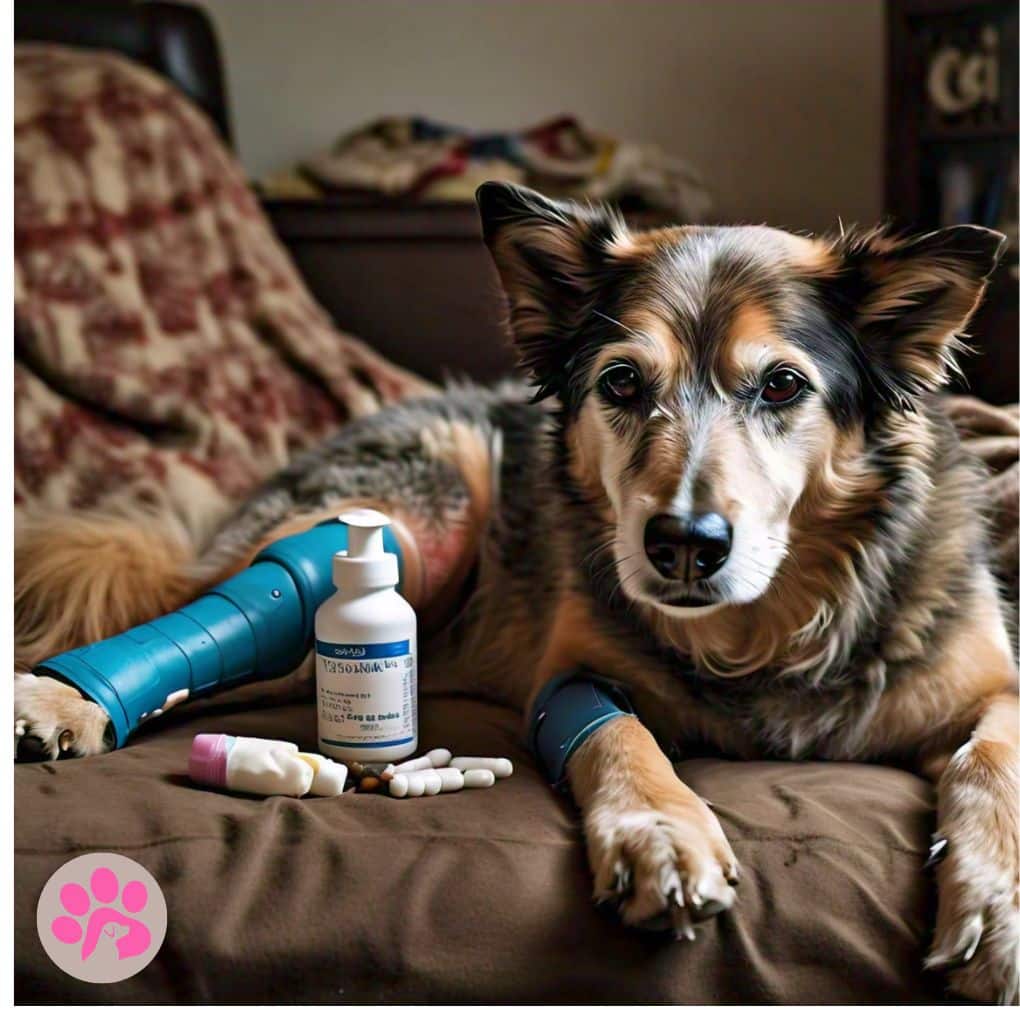Your dog may have torn their ACL if they start walking like they’re trying out for a dog version of “Dancing with the Stars.” In the same way that players can tear their ACL, dogs can do the same. It helps dogs do all the things dogs do, like run, jump, and chase mice. The torn ACL in dogs is a small but important ligament in the knee. Dozens of dogs get this hurt every year, mostly ones that think they’re Olympic champions. It can make them move more slowly.
Now for the big question: Does your dog always need surgery when their ACL is torn? We know that surgery for your dog can be scary and cost a lot of money. It can be hard to think about. But does it always need to be done? If not, is there any other way besides cutting it open to get your pet back on its feet? Let’s look into ways to heal without surgery and see if Fido can still chase those tennis ball
Signs of Torn ACL in Dogs:
It’s hard not to worry when your dog quickly starts to limp or favor one leg over the other. This rapid change could be caused by a torn ACL more often than not. But how do you know for sure that it’s an ACL tear?

Let’s take a look at the telltale signs:
Common Symptoms of an Torn ACL in Dogs:
Limping or Holding a Leg Up: If your dog is limping or holding up one of their back legs, it’s a big red flag. Many dogs with a torn ACLs will avoid putting weight on the injured leg.
Sudden Pain:
You might notice your dog yelping, whimpering, or showing discomfort when walking or running.
Stiffness:
After resting or waking up, dogs with ACL tears often show stiffness in their back leg, which can loosen up a bit with movement.
Swelling or tenderness:
The knee area might become swollen, and your dog could be extra sensitive if you touch the joint.

Limited Range of Motion:
If your dog seems to avoid certain movements, like jumping or climbing stairs, this could be a sign they’re trying to protect the knee from further injury.
Why a Vet Consultation is Crucial:
Take your pet to the vet right away if you see any of these signs. Most likely, these signs mean that you have torn your ACL, but only a doctor can be sure. Checks, X-rays, and other tests will be used to figure out how bad the damage is and what the best next step is. Too late to wait to see a doctor? Get checked out and treated right away to avoid more damage.
Non-Surgical Treatment Options in Torn ACL in Dogs:
If you want to treat your dog’s torn ACL without surgery, you should first let them rest and limit how much they can move. Your dog wants to play, jump, and run, but his knee hurts and needs a break. It will stay better and heal faster if you keep your dog calm and don’t let it move around too much. It gives you a reason to spend time alone with each other, like curled up on the couch instead of running around the yard.

Training and rehab are also very important if you want your dog to get stronger and more stable again. Two types of rehabilitation routines that can help tone the muscles around the knee and make it easier to move around are water treadmills and light stretching. Work out with your dog. It will keep them moving without putting too much stress on the hurt leg.
It is very important to lose weight in order to get better. Putting some extra weight on your hurt knee can make it hurt more. Your dog will feel better in their joints and get better faster if they are at a healthy weight.
Factors to Consider Before Choosing Non-Surgical Treatment
There are a few important things to think about before you decide not to have surgery to treat your dog’s torn ACL. First, think about how big and active your dog is. If your dog likes to take it easy and sleep all day, non-surgical treatments like rest and rehab might be just what they need. But if your dog is an active player who runs around all the time like they’re training for a big race, non-surgical treatments might not be enough to fully stabilize the knee.
Next, there’s how bad the tear is. It’s better to treat a full-blown tear than a partial tear. A partial tear can sometimes heal with care. It’s like trying to fix a boat that’s sinking—you might be able to get by for a while, but eventually you’ll need something bigger. If the tear is really bad, surgery might be the best way to fix it for good.

If you want to do what’s best for your dog, you should choose surgery over other options. Your vet can help you figure out what will help your dog get back to being their best selves, whether that’s surgery or just some rest and recovery.
Success Rates of Non-Surgical Recovery
How well a dog with a torn ACL heals without surgery depends on its size, amount of activity, and how bad the tear is. With rest, rehab, and the right care, smaller, less active dogs usually get better quickly. But bigger, more active dogs may have trouble staying stable in the long run. Pain relief and better mobility can be achieved without surgery, but a full recovery is rare, especially for active dogs. For the best result, you need to set realistic goals and work closely with your vet.
